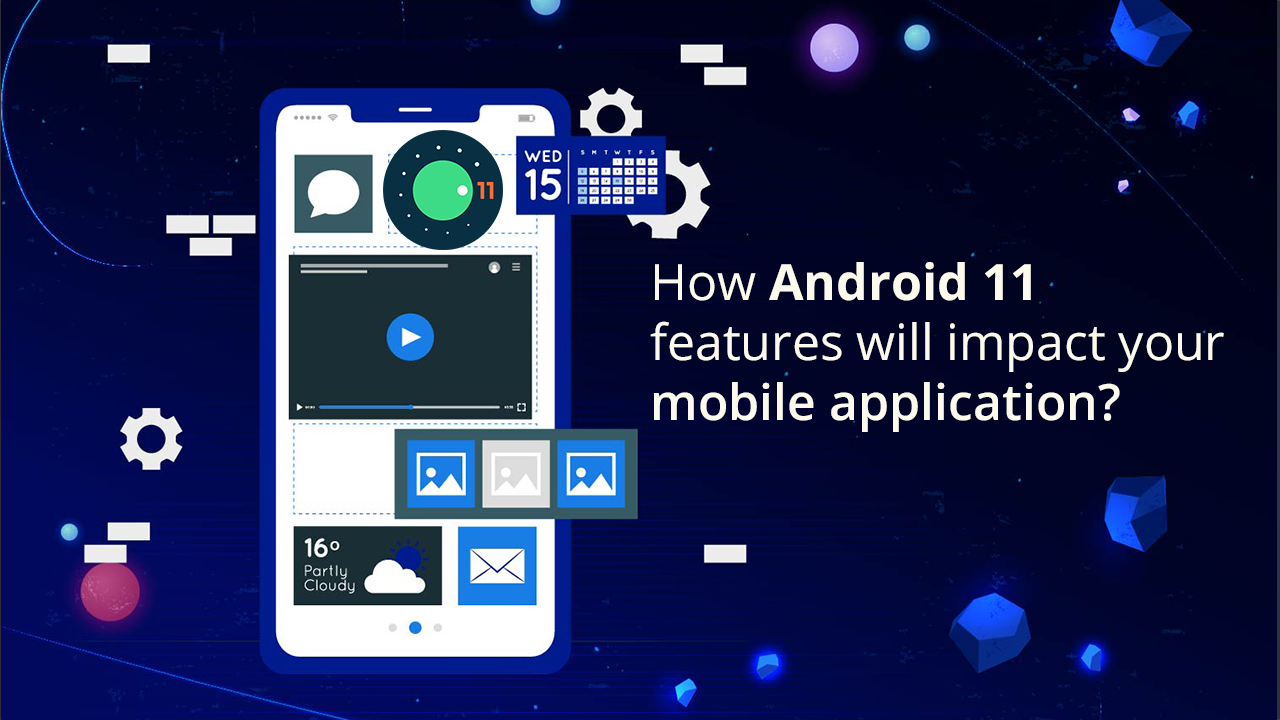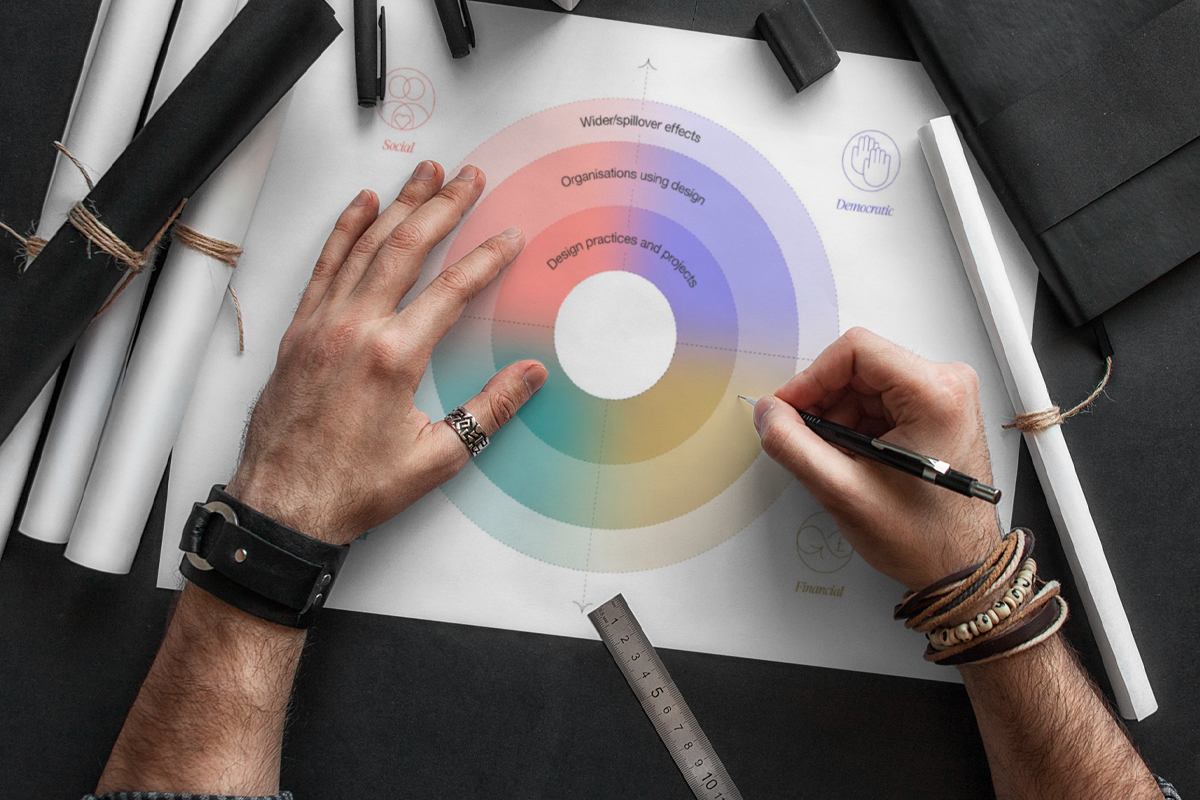A mobile app can be a goldmine of your business. It can help you optimize your marketing efforts, sales, revenue, and internal business processes. Having an IOS application development for your business means you can target a whole new set of audiences and generate new streams of income.
Apple’s iOS is the second-largest mobile operating system in the world. It also has a very high adoption rate, with more than 85 percent of users on the latest version. These highly engaged users have high expectations: If your app has bugs, you’ll hear about it. And once the one-star reviews start rolling in, it’s hard to recover.
So how do you make sure that your mobile app stands out in the crowd and provides the real competitive edge to your business? Avoid the typical iOS app development mistakes mentioned below.
1. Failing to Understand What Your Users Want
Every successful software application is built on intense user research. Especially at the initial stages of development, it’s common for developers to think that their app will be a user favourite.
However, if you neglect to validate this idea by a deep understanding of your target audience, your project may just be headed for the rocks.
To create an app that will be popular among your users, you need to find answers to the following questions:
- How valuable and sustainable are the solutions your app is proposing?
- Is the app design adapted to recent market trends?
- Are your app features well-executed?
- How original is the app?
Audience research is by far the most important way to give your project a head start. When you validate your ideas and assumptions before setting things in motion, you get to save yourself a lot of time and energy.
2. Setting an Unrealistic Budget
Mobile technology is changing day by day with the introduction of new technologies like artificial intelligence (AI), virtual reality (VR), and augmented reality (AR). It makes the development process even more complicated and time-consuming. Plus, the development process can take a few weeks or a couple of months, based on the features, functionalities, and the overall complexity of your app.
Below are three tips you should incorporate in the budget management of your IOS App Development:
- Make a detailed budget before initiating the development process as understanding your target audience, the app feature list, design elements, and intended monetization strategy will play a significant role.
- Assign funds to make up for unexpected costs as a good budget should make room for miscellaneous expenses.
- Once you’ve created that ideal budget, ensure to also stick to it even at the most critical stages of the project.
Though there’s no one-size-fits-all solution for financing it, proper budget management ensures that you always put your best foot forward.
3. Not Communicating with Clear Briefings
Just like every business venture, communication is a central component of every successful app development project.
When it comes to an entirely new piece of software, detailed documentation packed with all the necessary visuals will come in very handy. Documentation should contain your app’s synopsis (abstract describing what it does), an app wireframe, and a complete feature list.
This will also help you in setting up a realistic budget as the developers know exactly what needs to be accomplished and how much time it would take.
4. Mimicking Your Website or Desktop App
Before looking to build a mobile app, you will probably already have an existing web app. The chances you’re in love with this web or desktop app are very high. However, choosing to replicate your web app in your mobile app is hardly ever a good idea.
The reason is simple: mobile apps and web apps work differently. Both products have different User Experience (UX) requirements.
It’s important to emphasize this from both the functionality and design perspectives. By default, consumers use smartphones and desktop devices in different ways. This difference should, therefore, reflect in both the feature list and design choice.
5. Overcomplicating the App With Features and Functions
You may have heard that simplicity is the ultimate sophistication. If you’ve doubted the truth of this saying in the past, mobile app development is here to change your mind.
As ironic as it may seem, cramming your app with tons of features is going to have a negative impact on it. Apart from the disorienting user experience you get, a complicated app is also hard to sell.
First start with an app that serves the primary purpose of your business. You can then slowly introduce new features, update and optimize them based on users’ feedback. In general, a successful mobile app sports a feature set that is simple for consumers to understand and use.
6. Designing a Poor UI /UX
There are many reasons why mobile apps fail. Poor User Interface (UI) and User Experience (UX) are high up there.
Some of the ways a poor UI/UX can kill your app’s prospects include:
- The app takes too long to load. The longer your app pages take to load, the more users you lose.
- Your design is monotonous and lacks creativity – An elegant, clean app design is sure to offer users enough visual engagement to retain them.
Poor navigation means the user has to scroll and click severally to find what they need. - The primary element that defines good UI and UX is a client-centric design. Even after implementing a standard UX design for your app, client feedback is a major ingredient for success.
7. Focusing Too Much on Appearance While Disregarding User-Experience
Having an awesome mobile app with a terrible user experience won’t be of any help. You need to make sure that you’re developing an app with a focus on your customers’ needs and not just the design.
User experience plays a vital role in engaging and improving your customer base. Make sure the app design is fluid and straightforward, allowing users to navigate through various screens swiftly. Build an app with an end-user objective in mind, not the one that just serves your business objective.
8. Failing to Develop a Marketing Strategy
A mobile app will not sell itself, no matter how great. App marketing is a critical process that helps you acquire new app users and sustain its profitability.
For best results, your app marketing efforts should include both pre-launch and post-launch strategies.
- Typical pre-launch marketing efforts include market research, engaging your target audience, and creating a branding style for your app.
- After launching your app, it’s important to use App Store Optimization (ASO) to generate organic traffic. You also want to consider different promotional methods, such as paid ads, referrals, and viral loops.
9. Ignoring User Feedback
It’s impossible to build a successful mobile app without prioritizing user experience. User feedback collection is one of the easiest ways to assess your app’s user experience in practical terms. But beyond collecting feedback, your app only gets better with each update release when you leverage the feedback collected.
Beyond app store reviews and ratings, app analytics can also offer a lot of insight into how you can make your app better. If you can successfully combine data from both app analytics and user feedback, you have enough information to meet users’ expectations for your app.
10. Focusing on Downloads Instead of Retention
High download rates do not always translate to app success. Many brands already spend a lot of money on user acquisition. Interestingly, if you pay equal attention to user retention, you could save a lot on marketing in the process.
Below are five proven tips for improving app engagement and user retention:
- Create a pleasant onboarding experience.
- Incorporate push notifications the right way.
- Use branded in-app messages or notifications.
- Attract users with various offers, discounts, and loyalty programs.
- Encourage and reward user feedback.
- A truly successful high-quality app is a product of both high download rates and high retention rates.
In this article, we’ve highlighted 10 major iOS app development blunders we’ve observed in our many years of working with developers and agencies. We hope this comprehensive list goes a long way in setting your product up for success.

















Comments are closed